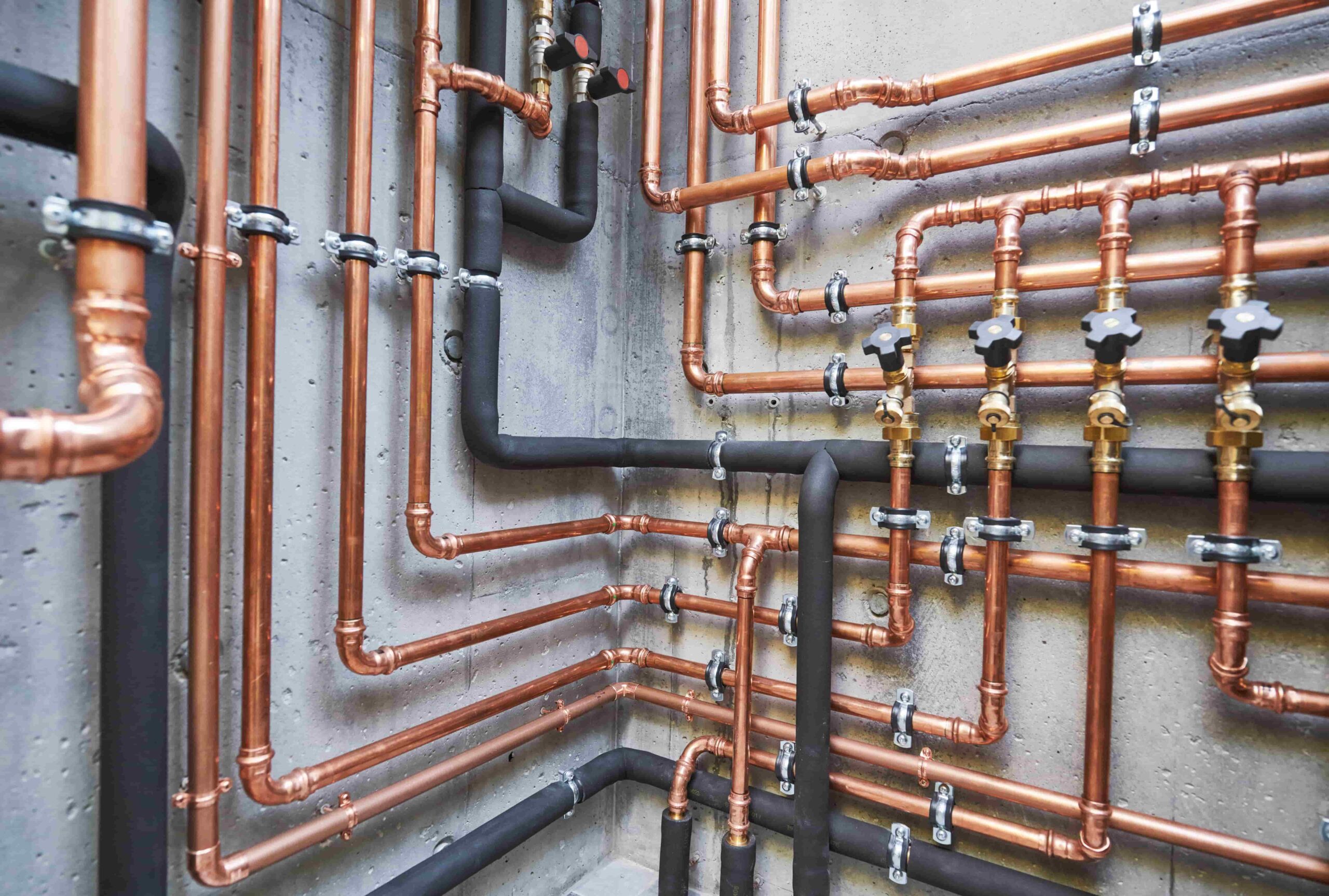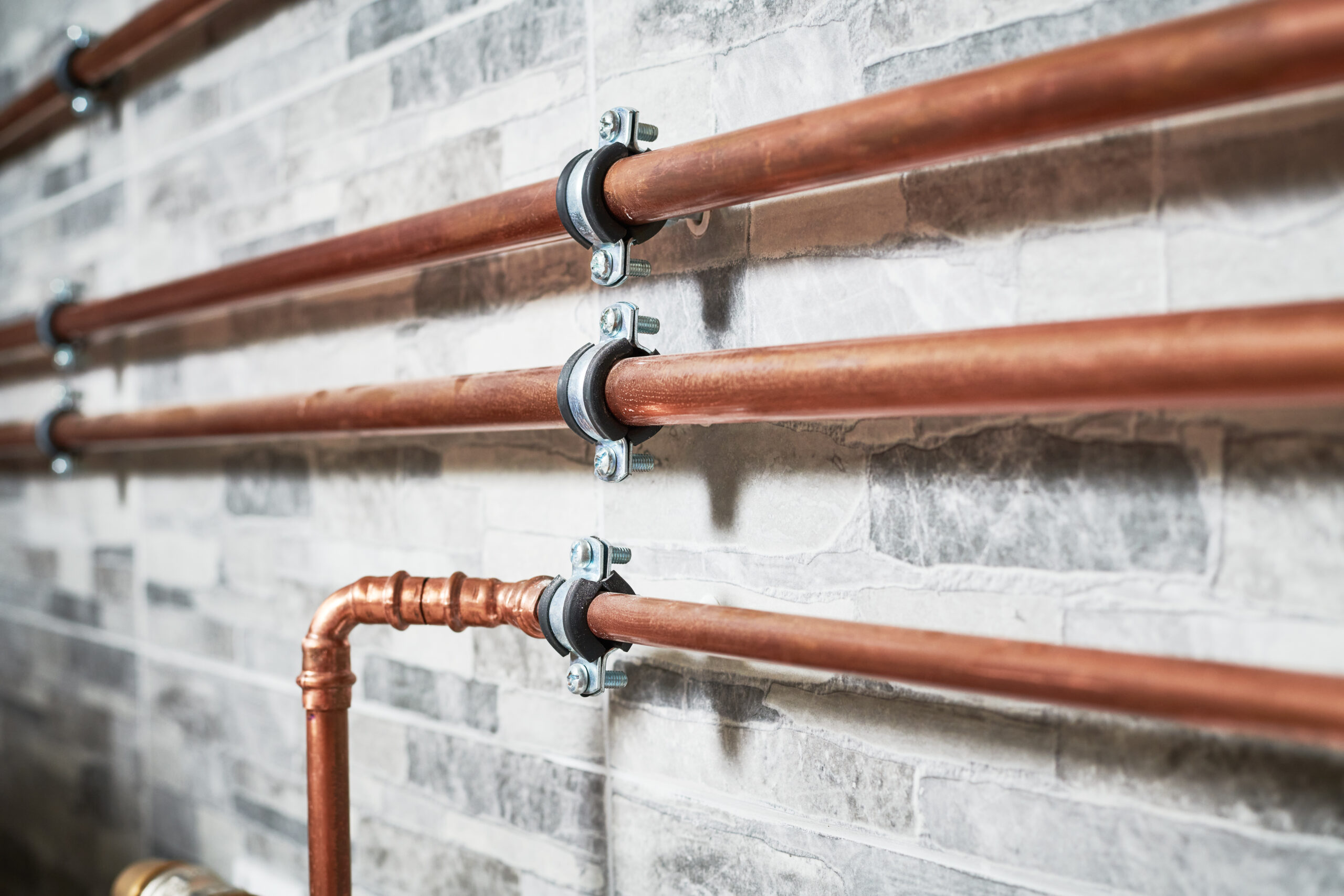
With the Government set on the UK achieving net zero carbon emissions by 2050, the pressure is on for the 25 million existing buildings across the country with inefficient water and energy systems.
To increase the sustainability of older buildings, their ability to retain heat must be improved, and fossil fuel energy sources replaced with renewable alternatives. This can be achieved through climate-based retrofitting – the installation of new features and technologies including heat pumps, air conditioning, insulation and renewable energy systems.
With retrofitting a necessity to future proof our homes and keep residents safe and healthy, recyclable materials such as copper are integral in driving forward sustainable change.
The UK’s commitment to climate-based retrofitting
The Climate Change Committee has stated that residential retrofits need to increase to one million per year from 2025 to 2030 for the UK to hit its 2050 net zero target.
In response to the demand for high-quality residential retrofit advice, the Royal Institution of Chartered Surveyors has launched a new Residential Retrofit Standard, effective from 31st October 2024.
This initiative provides a framework to not only improve the environmental impact of our homes, but also the health of residents, as common illnesses caused by cold homes in the winter currently cost the NHS £1.4 billion every year.

The role of copper in our homes
As the uptake of climate-based retrofitting increases, the demand for copper is also rising due to its benefits over other materials like plastic.
With the ability to facilitate the efficient delivery of electricity and thermal conductivity, copper is the preferred material for heat exchangers and wiring – boasting a typical lifespan of around 70-80 years. In comparison, plastic lacks durability and can easily crack in hot temperatures.
In air source heat pumps, copper piping is used to offer a more structured piping path and better heat circulation, and its antimicrobial properties ensure a low level of toxicity. In air conditioning units, copper piping allows for faster cooling, and lasts longer over time due to its ability to handle oxidation and corrosion.

With urgent change needed to ensure the UK’s houses meet new standards, copper’s sustainable qualities make it the ideal candidate for retrofitting projects.
To find out more, visit: https://www.cuspuk.com/.
